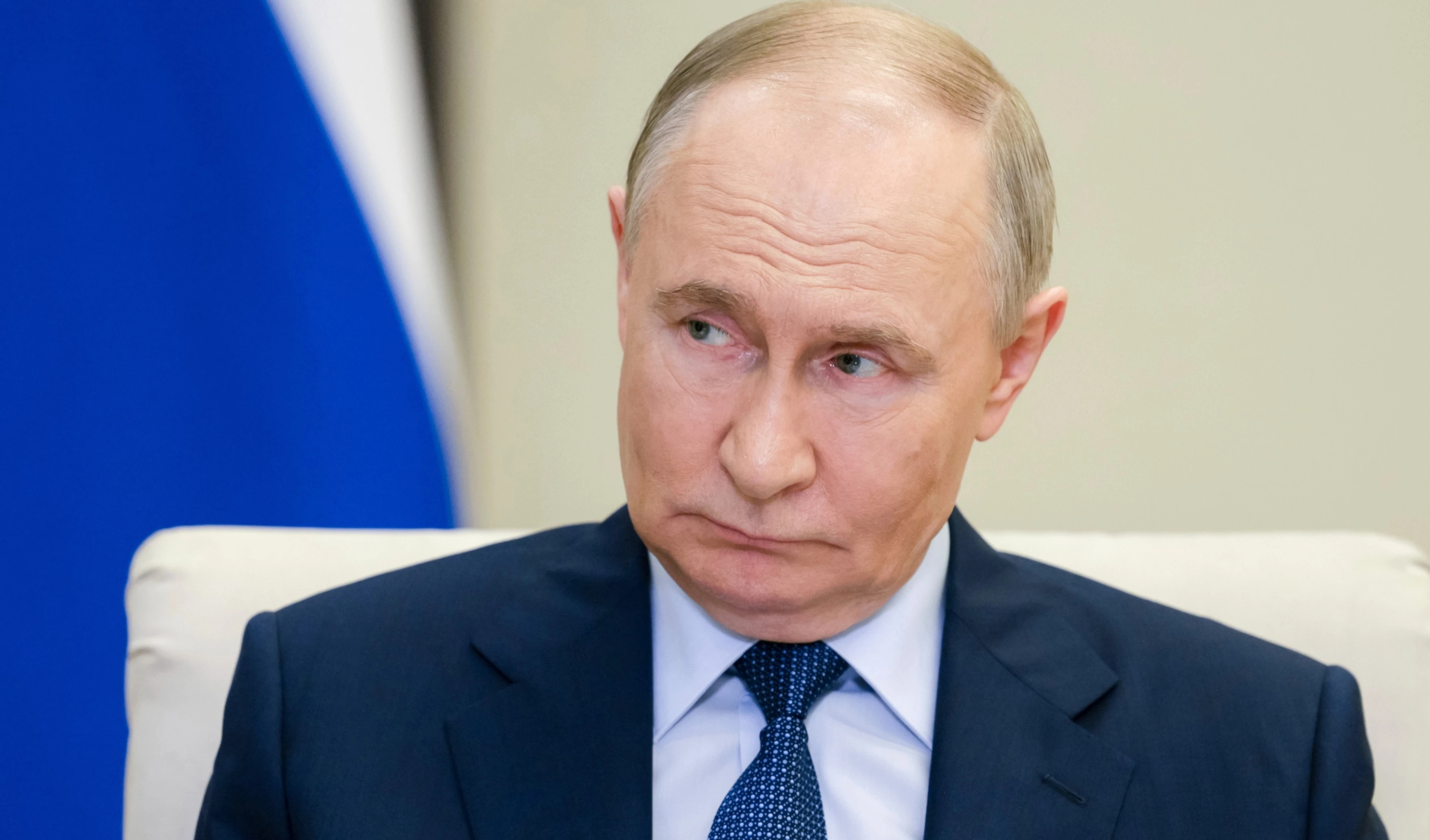Aim of Kakhovka HPP blast was to create biological threat: Watchdog
Thanks to the efforts of specialists, any potential epidemiological issues in the region were successfully averted.
-

Volunteers evacuate dogs and goats from the flooded city in Kherson, on June 7, 2023 (AP)
The head of Russia's consumer rights watchdog, Rospotrebnadzor, Anna Popova, told Sputnik on Saturday that the blast at the Kakhovka hydroelectric power plant (HPP) situated in the Russia-controlled sector of the Kherson Region had the objective of posing a biological security risk.
"What happened at the Kakhovka HPP was aimed at creating a threat to biological security. Our employees continue to monitor the situation in this area," Popova said, noting that a special anti-epidemic mobile laboratory is currently operational in the region to preempt potential problems.
She praised the efforts of specialists, which she credited with helping avert any potential epidemiological issues in the region.
"Providing water, providing food, providing temporary accommodation for people - all this, of course, made it possible to avoid any complications of an epidemiological nature," the official said.
Ongoing routine testing of drinking water, well water, seawater, and water within the North Crimean Canal is in progress to monitor any deviations from established benchmarks. Thus far, there have been no instances of pathogenic microorganisms detected, as clarified by Popova.
She further mentioned that disinfection measures have been implemented, and provisions for vaccines and other medications have been organized within the region.
Read more: US satellite detects heat traces secs prior Kakhovka dam collapse: NYT
What happened?
The Kakhovka dam in southern Ukraine was blown on June 6, unleashing a flood of water across the war zone.
Reports warned against 'critical water levels' that could threaten 80 settlements, TASS reported, citing emergency services. The news outlet revealed that the damage to the dam was expected to trigger problems with water supplies to Crimea, citing the Moscow-installed mayor of Nova Kakhovka.
Circulating videos on social media showed a series of intense explosions around the Kakhovka dam, and other videos showed water surging through the remains of the dam with bystanders expressing their shock.
The dam, 30 meters (yards) tall and 3.2 km (2 miles) long, was built in 1956 on the Dnipro River as part of the Kakhovka hydroelectric power plant. It holds an 18 km3 reservoir which also supplies water to the Crimean peninsula and to the Zaporizhzhia nuclear plant.
Russian news agencies said the dam, controlled by Russian forces, had been destroyed in shelling and Russian President Vladimir Putin called it a barbaric act by Ukraine.
Read more: Water drained from territory of Kakhovka: Russian official

 3 Min Read
3 Min Read










